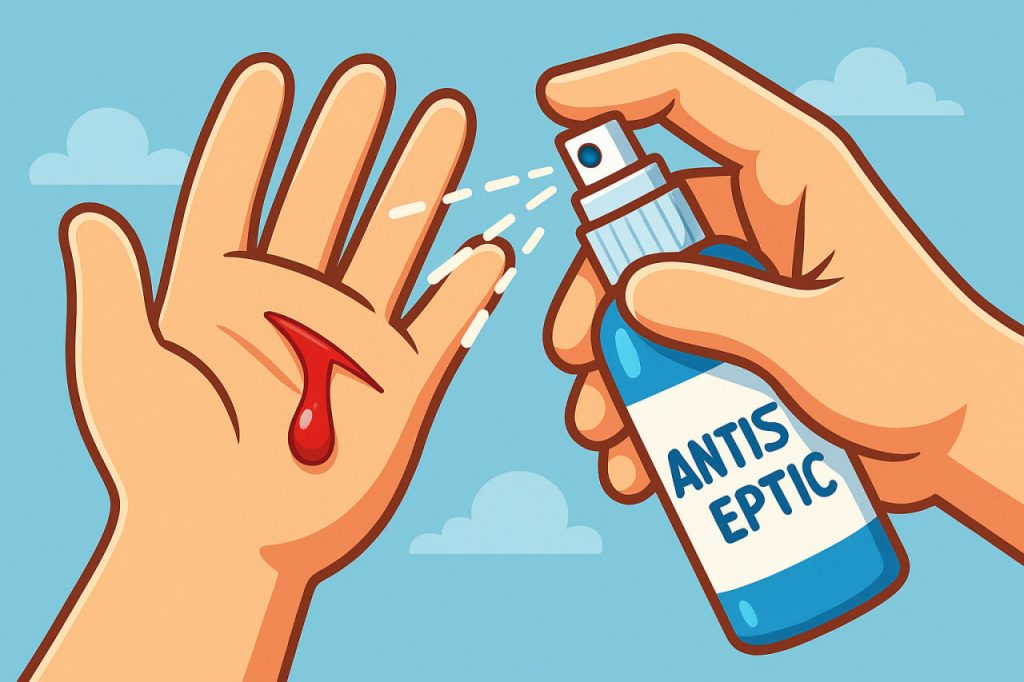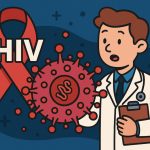When the skin is damaged, harmful microorganisms such as bacteria, fungi, and viruses can easily enter the body. Applying an antiseptic cleanses the wound and significantly lowers the risk of infection. This is especially important for cuts, scrapes, or punctures that might otherwise become breeding grounds for pathogens.
Faster Healing
Wounds that are cleaned with antiseptics tend to heal more quickly and with fewer complications. By reducing bacterial load, the body can focus on regenerating tissue instead of fighting infection. This not only speeds up recovery but also reduces the risk of chronic wounds.
Prevention of Complications
Untreated wounds may lead to pus formation, inflammation, or spreading infections like cellulitis. In severe cases, infections can enter the bloodstream, causing sepsis. Using antiseptics early creates a protective barrier and prevents such dangerous complications.
Reduced Scarring
Infections can delay healing and increase scar formation. Keeping wounds clean with antiseptics supports smooth healing, which often results in less visible scars compared to untreated injuries.
Accessibility and Simplicity
Antiseptics are easy to use and widely available in many forms—solutions, sprays, gels, and wipes. This makes them a first-line defense in first aid kits at home, at work, and during travel.
Situations Where Antiseptics Are Essential
- Cuts and scrapes from accidents or sports
- Burns or insect bites
- Post-surgical care (as directed by a doctor)
- Outdoor injuries, where soil and dirt increase infection risks
Conclusion
Treating wounds with an antiseptic is one of the simplest and most effective ways to protect the body from infection, speed up recovery, and ensure better healing outcomes. It is a crucial step in first aid that helps safeguard overall health.
Glossary
- Antiseptic – a substance that prevents infection by killing or inhibiting microbes.
- Pathogens – disease-causing microorganisms like bacteria or viruses.
- Cellulitis – a bacterial skin infection that can spread if untreated.
- Sepsis – a life-threatening body-wide reaction to severe infection.
- Tissue regeneration – the body’s process of repairing damaged skin.


